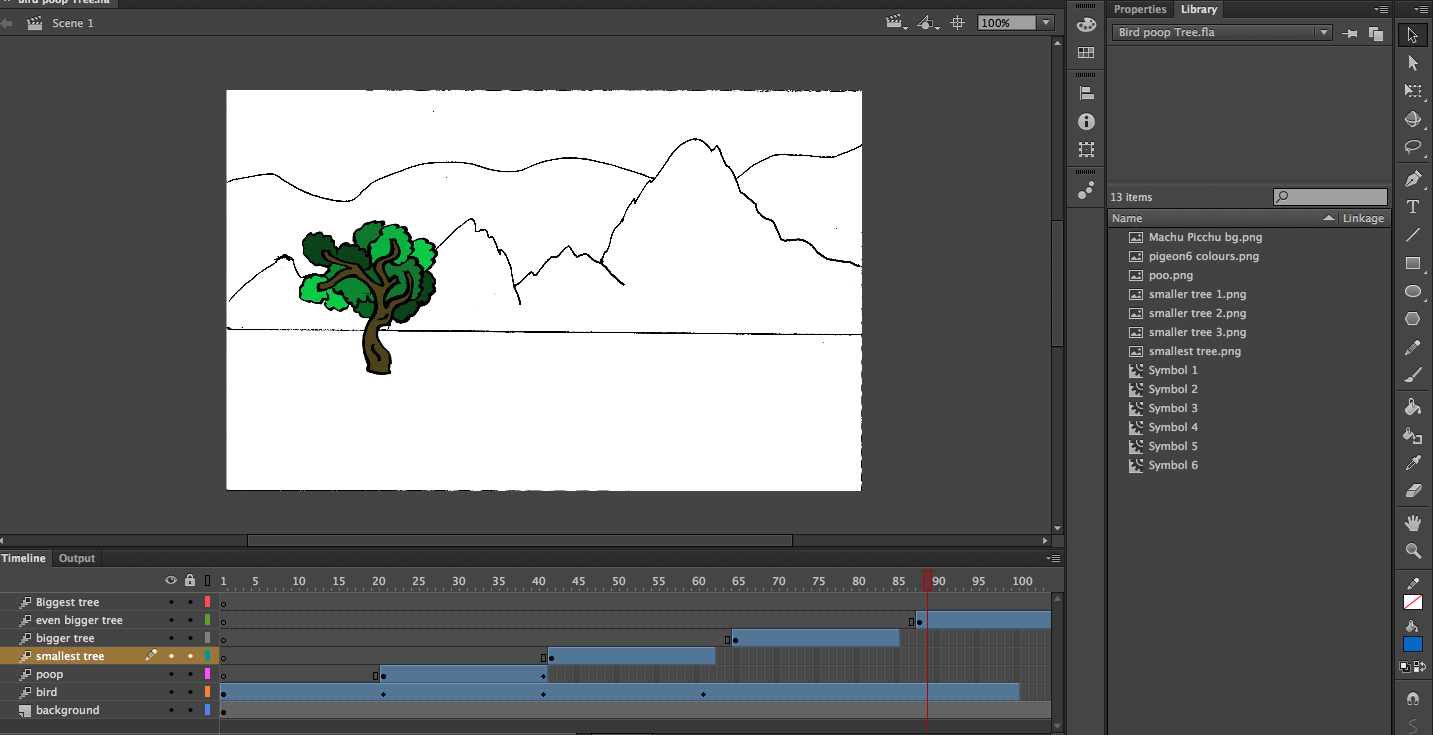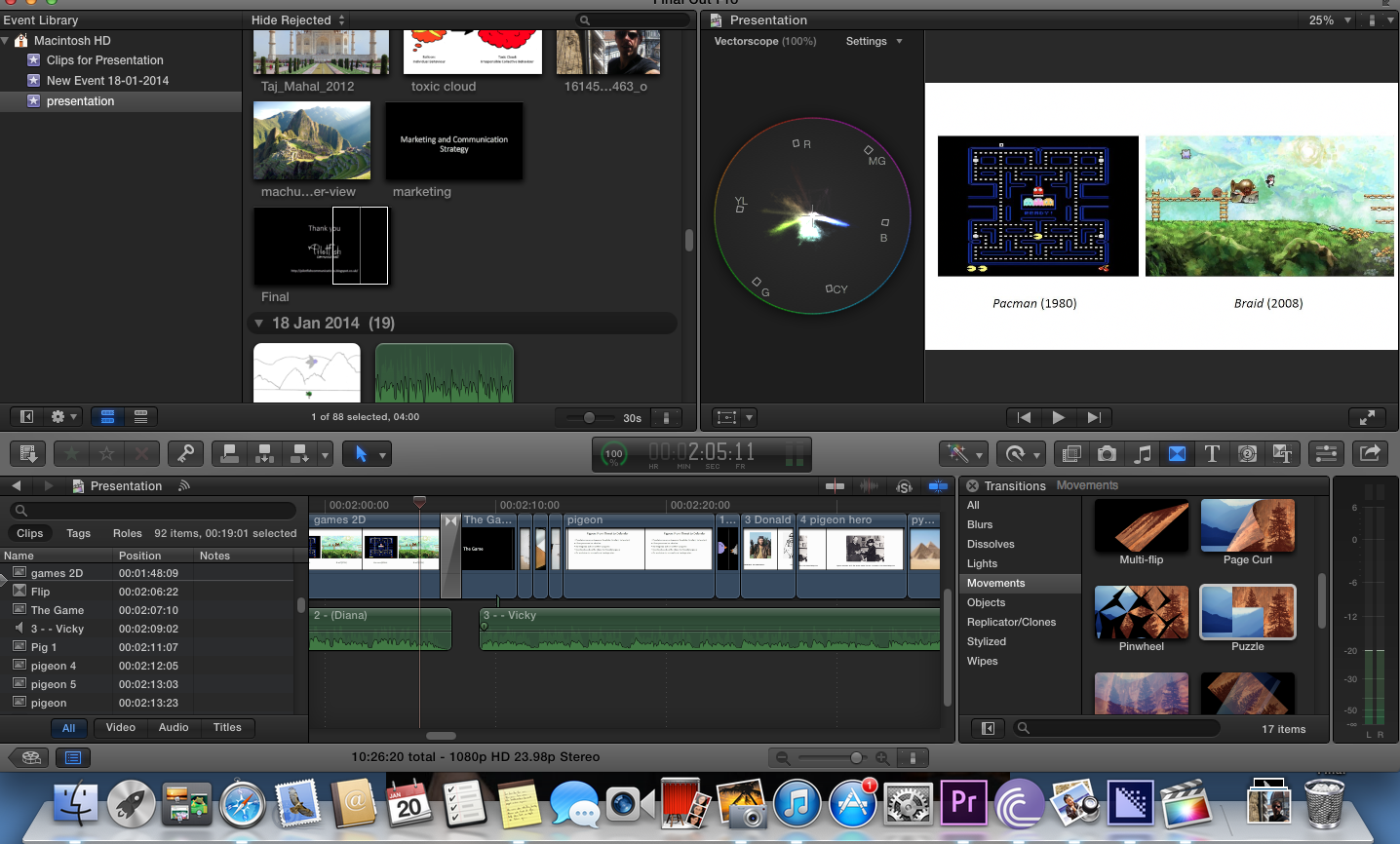Once we got past the initial research and bouncing around of ideas it was time to delve deeper and focus on the specifics and details of the game. We all found common ground in choosing Sustainable Tourism as our means to target the basis of the game. The idea of Sustainable Tourism in general will not only involve the user and educate them about what they can do to help preserve World Heritage Sites. We agreed unanimously, to focus on the preservation of cultural heritage.
I was given the task of researching on Sustainable Tourism before we got started on developing the game. Here is the research:
_____________________________________________________________________________
Sustainable Tourism: is about refocusing and reshaping. A balance must be found between limits and usage so that continuous changing, monitoring and planning of tourism can be managed. This requires thinking long-term.
Economic, social and environmental aspects of sustainable development must include the interests of all the stakeholders including indegenious people, local communities, visitors and the Government.
It is particularly important to focus on third world countries because, not only are there many beautiful locations and attractions that are situated within third world countries, they also rely greatly on tourism to boost their economy, especially through international tourism.
Problems with Sustainable Tourism in Third World Countries
The people to get affected the most and directly by tourism are the LOCALS.
Displacement and Resettlement is a major setback caused by tourism. An example of this is the Masai Tribe of Tanzania since masai villages are increasingly becoming popular tourist spots, with some even turned into hotels.
Coastal Pressures are another common problem cause by tourism. Beaches all over the world are more than simply popular destinations. The problem arises because coastal areas are usually limited to one narrow strip that has to bear the burden of an increasing population of tourists. Eg= Western India.
Here are some important facts that will help when with our game concept and design.
70% of marine animals are threatened
58% of the worlds coral reefs are at risk
Sea water is expected to rise 70 cms in 10 years
By 2050 climate change can cause extinction of 30% of species, death of 90% of coral reefs and the loss of half the Amazon Rainforest.
Half of the worlds population lives in urban areas. In Latin America and the Carribbean, 76% live in Urban areas.
10% of the worlds coral reefs are situated in the Carribbean.
These facts are key in helping us as they give us a fair idea of the geographical and environmental conditions at present, that could help when we decide the setting and levels and tasks for our game.
Sustainable Tourism Practices
a) Using local communities to operate and develop tourism activities and businesses is the most beneficial.
Community Based Sustainable Tourism (CBST) includes the participation of locals at management levels.
Local knowledge of the area is one of the main reasons for including locals in the planning and development.
Since communities depend on tourism for their livlihood they are more likely to take care of those tourist sites.
More importantly, environmentally sustainable development depends on local support.
b) Involving grassroot organizations can prove to be of great economic value, as well as protect these cultrally rich sites as, by doing so, both parties get their economic benefits , and inturn the grassroot organizations who understand the local site better can help in maininting sustainable practices of Tourism.
c) Determining the Carrying Capacity of that destination before hand is important in order to understand how many tourists or people the area can tolerate without damaging the culture or the environment.
d) It is important to acknowledge the benefits of low-budget travel or backpacking toursim in empowering the economic sustainablity of the local cultural community and thus enhancing the economic sustainability at large because these individuals tend to mass transport, cycles etc as opposed to planes and cars which can cause adverse environmental effects. Thebuy everything that is locally produced and depend on and interact with local communities greatly. Most importantly, this kind of travellor is usually one who is educated and has very high regard for cultural heritage as he/she is eager to explore and learn.
Desinations that are voted the best for Sustainable Tourism
Bonito, Brazil
St Kilda, Scottland
Cape Town, South Africa
Hard-core tourists join tours or groups travelling specifi- cally for educational purposes and/or to take part in envi- ronmental or cultural projects, such as wildlife monitoring.
Dedicated tourists want to visit protected or cultural areas and understand local natural and cultural history.
Casual tourists consider natural and cultural travel as an incidental component of a broader trip.
hard-class experienceis one in which the tourist goes on a trip that is physically difficult with an element of danger. For example, it may require walking miles into the back country, climbing a technically difficult mountain, or sleeping in rudimentary shelters.
soft-class experience means the tourist prefers lower risk and more luxu- rious accommodations. For example, a tented safari may involve physically challenging conditions while offering amenities such as gourmet meals and comfortable transport.
World Heritage Sites- Managing Tourism
a) WHS can include Site Managers, someone who is a part of a local NGO perhaps, to monitor tourists at the site and ensure no damage is being done. He should be appointed with the knowledge of a higher authority so that he may have the power to inflict fines upon anyone who causes any kind of harm to that site.
b) Collaborations between National Tourism Offices (NTO- that is Government Funded) with Hotels, air-carriers, tourism agencies and so on, so that they may easily put in places practices for Sustainable Tourism.
c) Encouraging Indivial travellors or backpackers over groups by offering incentives.
d) Specialty Tourism is a field in which companies organizes very specific tours for their clients in the field of bird watching, trekking, sight seeing, visiting archeological sites. What is key here is that they usually bring them on as field volunteers to help out at these sites, which is perhaps the best way of practising Sustainable Tourism.
______________________________________________________________________________
Once we had our research come in, and the various existing problems in different WH sites, we came up with a model to help us create a game design, complete with levels. The basic model is this-
|
|
|
Sustainable Tourism Practice
|
|
|
|
Using public transport instead of Vehicles
|
|
|
|
|
This model made it easy when trying to develop the levels of the game.
Next, we divided research work amongst ourselves to maintain the efficiency with which we had been working. While some were in charge of the marketing strategy for instance, Vicky and I focused on research on 2D graphics, and why we wish to opt for it. Here is why we as a team have decided on 2D graphics.
Justification for Choosing 2D
Simplicity- First and foremost, simplicity is the core influencing factor for choosing 2D, especially in keeping with the advice that simple is good in our case. Even those who are not very comfortable with technology will have no problem playing 2D games. Many grandparents too have been known to play 2D games on their phone which further vouches for the reach (potential and existing), of 2D games.
Strong Market- Inspite of the latest 3D advancements, the very fact that every gaming blog stresses that newer needn't be better, and just because 3D is more sophisticated technologically doesn't mean its better than 2D, itself goes to show that 2D still has a strong market out there.
Game dynamics- 2D makes it very easy to understand the dynamics of the game without much complication, and therefore doesn’t require elaborate tutorials, simple instructions will suffice.
Layout- 2D games have an 'all-encompassing' layout. This means that it allows for a simple but clear view of where things are located, where enemies are positioned, which not only builds on the excitement of trying to escape, one blogger and avid gamer even mentioned that with 2D games, dying was more exciting and less disappointing than with 3D games, because you know exactly whats happening around you.
Finance- It goes without saying that funding the development of 2D games is far less than for 3D games. If 2D games still have a strong market out there and in terms of simplicity it's reach is great then lesser money spent is an added benefit.
Gamer observation - One gamer decided to put to test whether 2D or 3D is better by playing both versions of the popular game 'Call of Duty'. When doing so his statistics showed far better and consistent results when playing 2D, whereas while playing 3D it showed a steep drop in his results, thus showing that 2D games are easier to control and understand. He also said that 3D games can be a bit disorienting and often don’t provide a clear spacial understanding in spite of it's realistic look and feel. 3D can be frustrating as gamers eventually want to scale the ranks and levels faster.
User thought process and efficiency- 2D tends to focus on discovery of patterns trends, clusters, outlines, gaps, whereas 3D focus so much on vision impression and providing a life like feel that it tends to miss out on the basics of layout and user thought process and what makes it easy to understand, control and get afeel of the game and the layout.
We have decided that we wish for our game to be accessible across multiple platforms and we strive to attract a vast variety of gamers.








